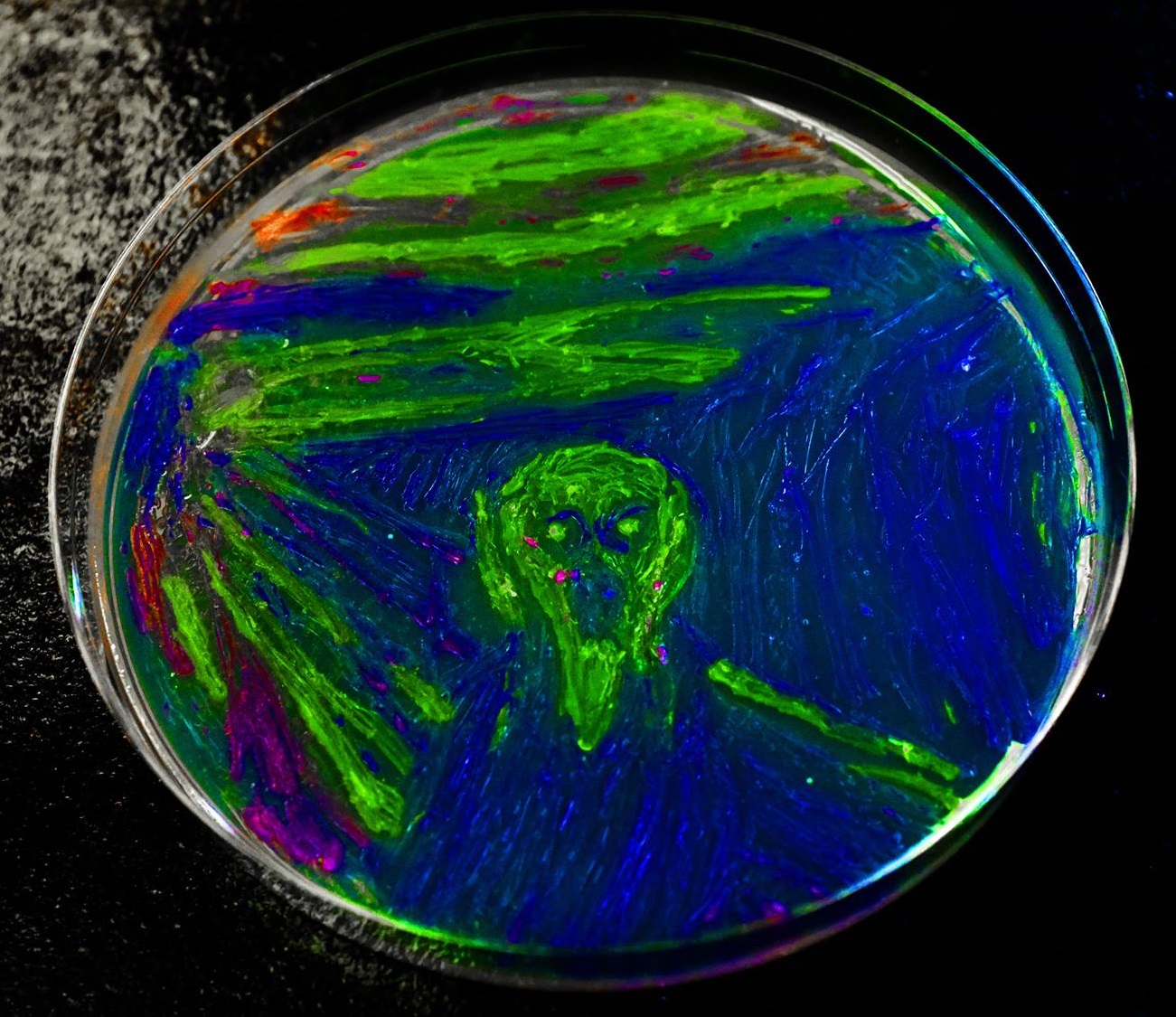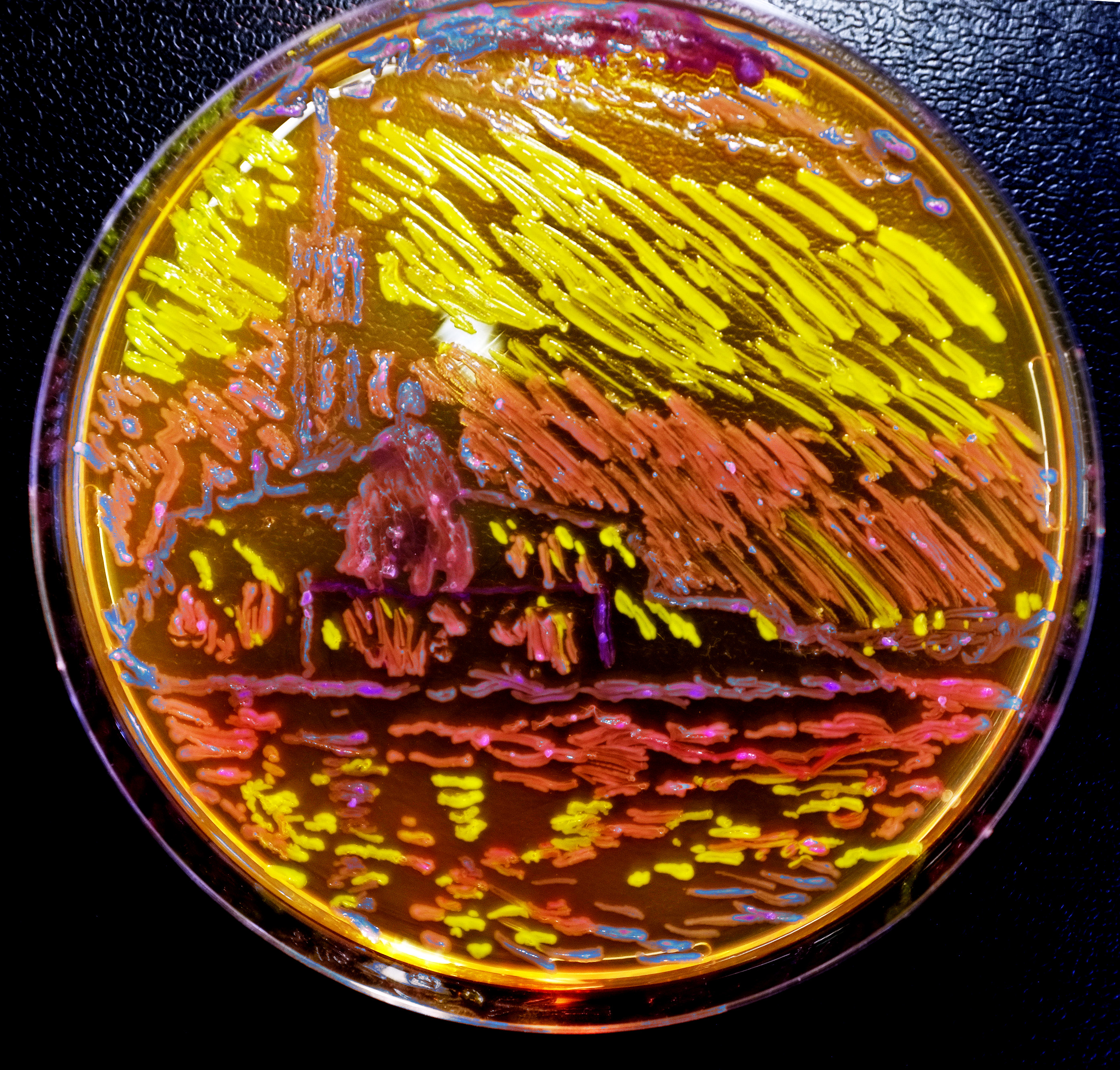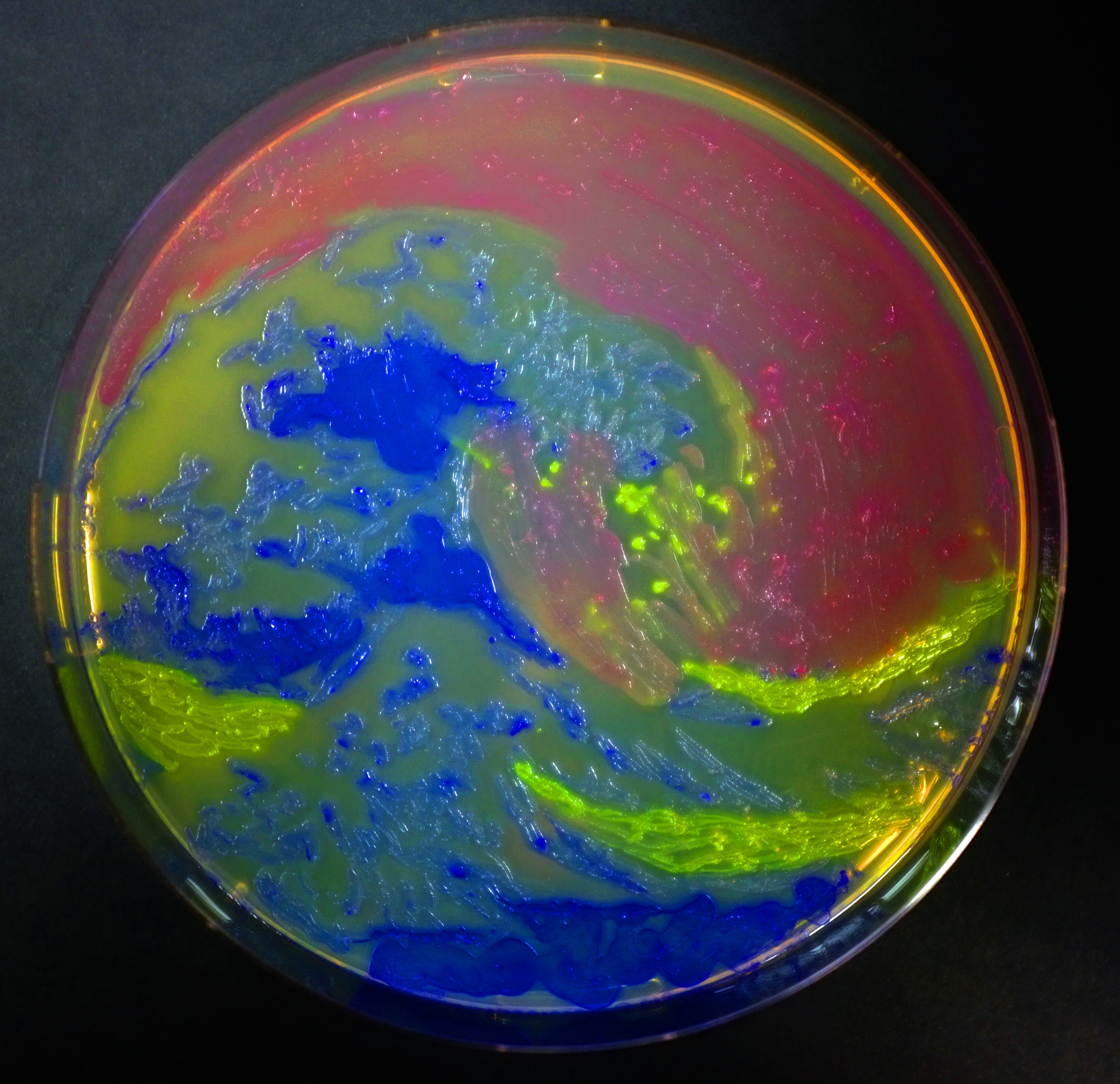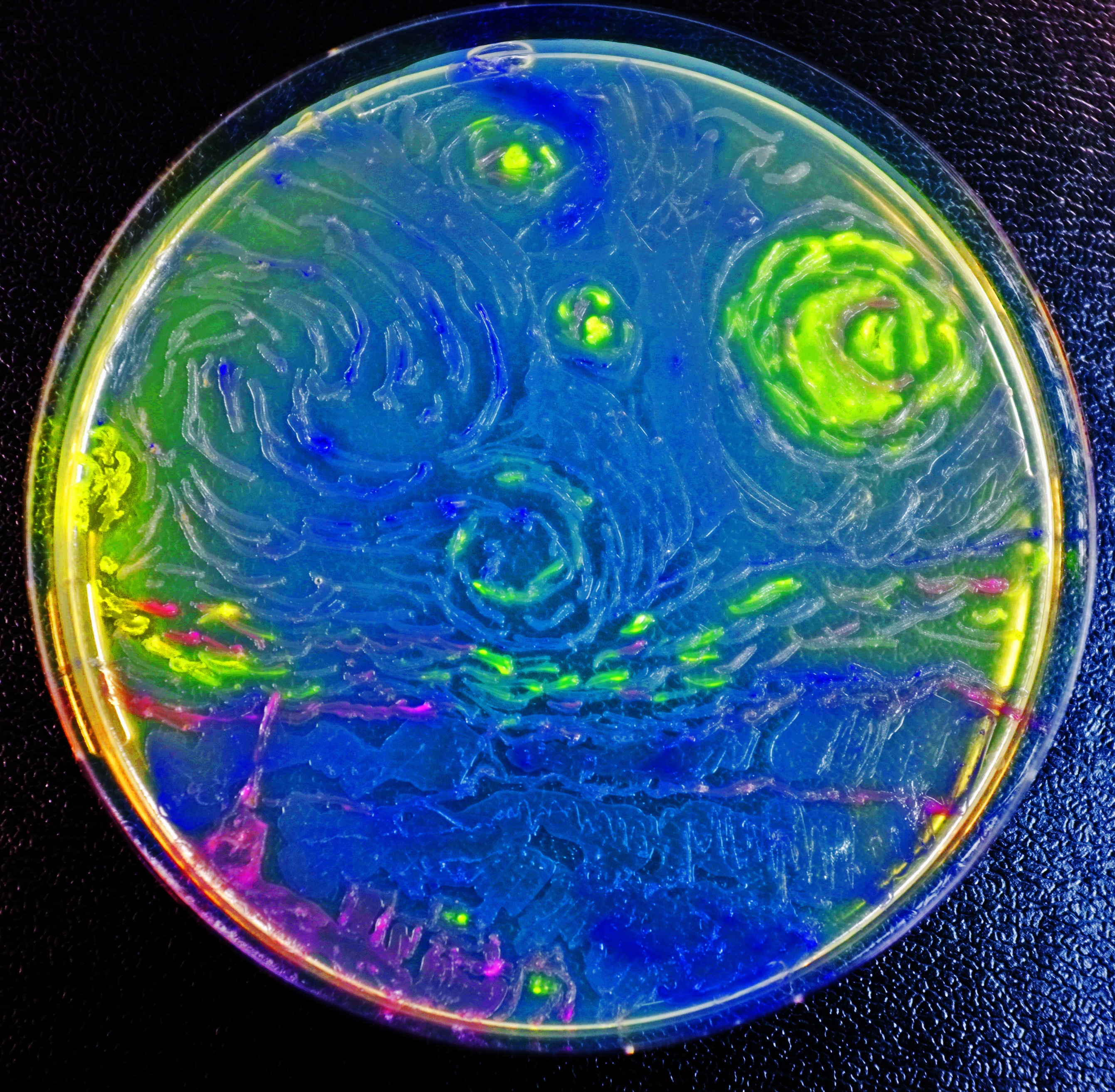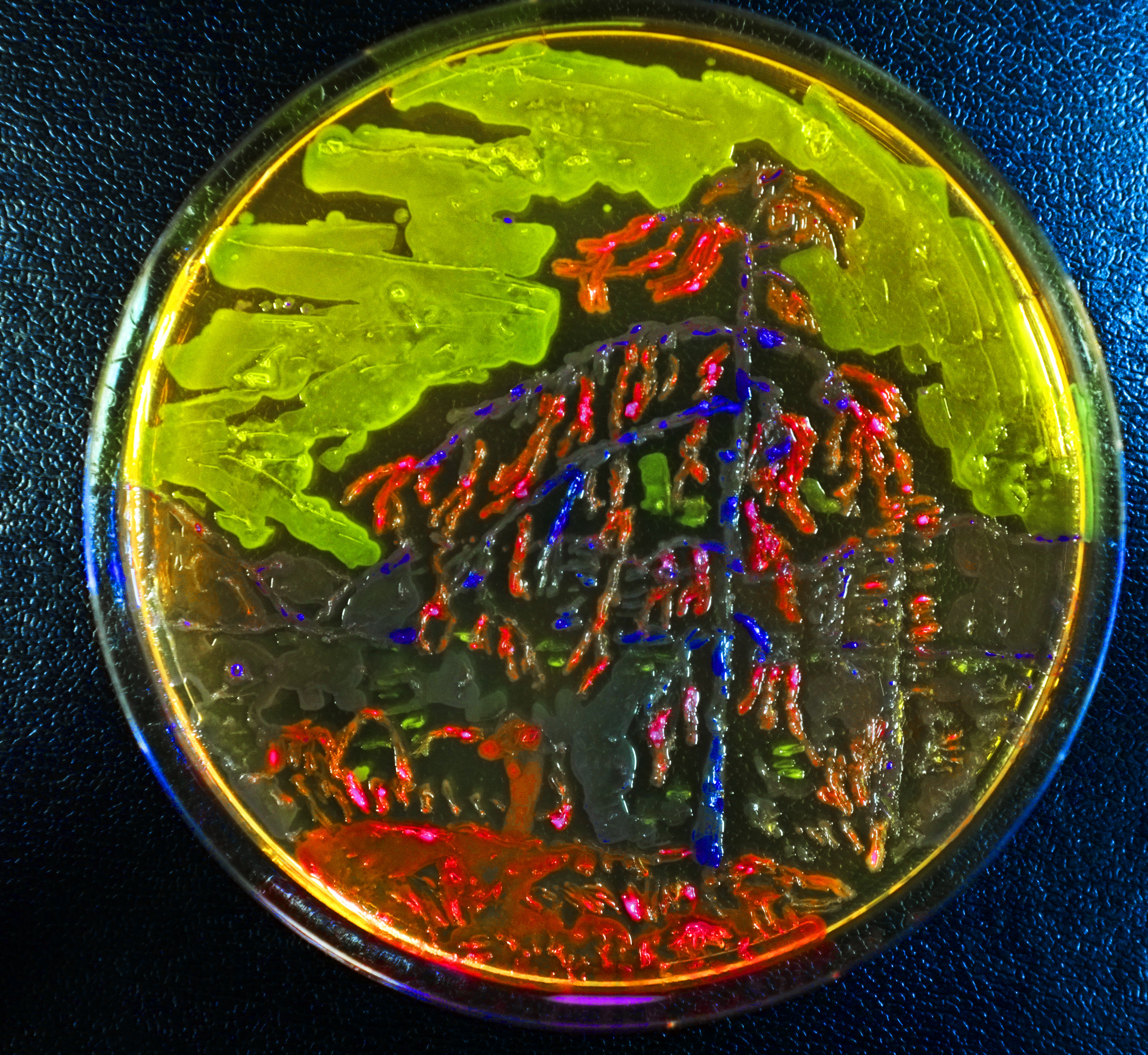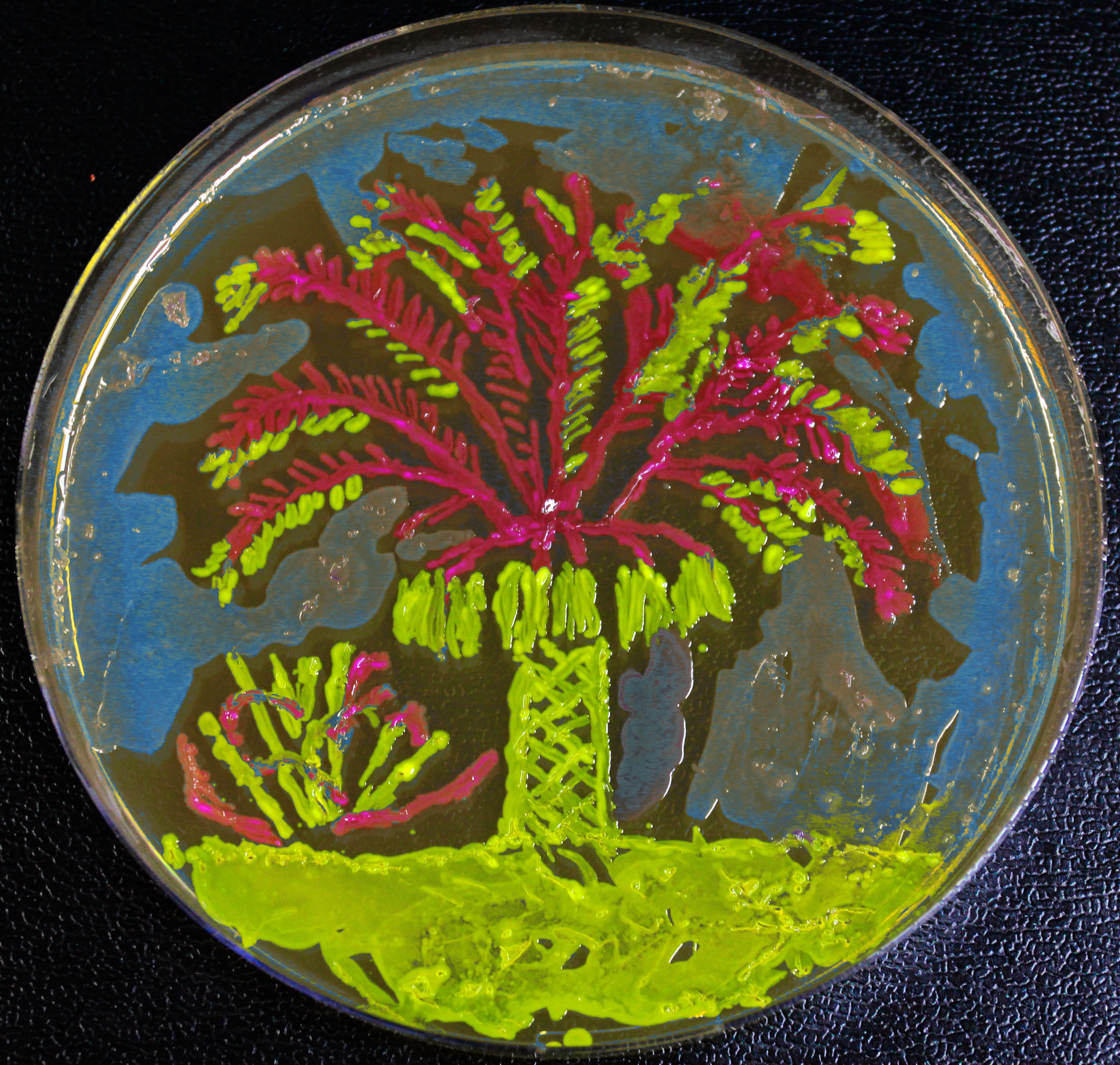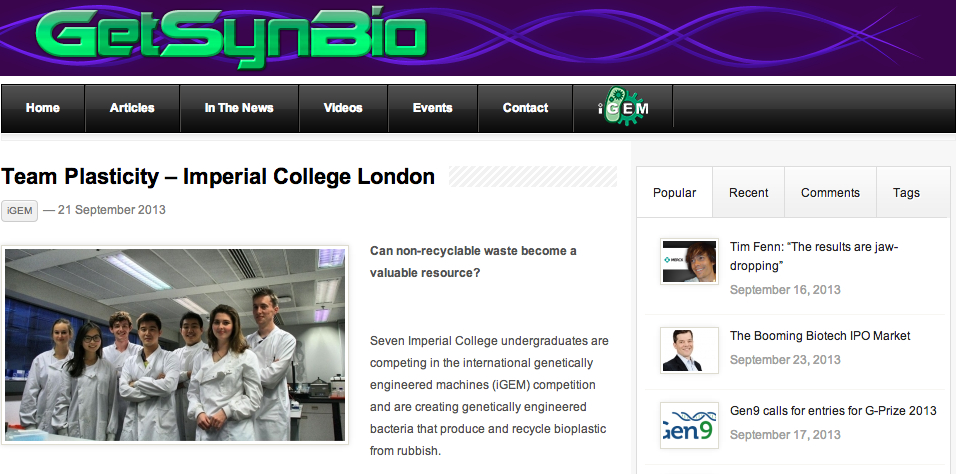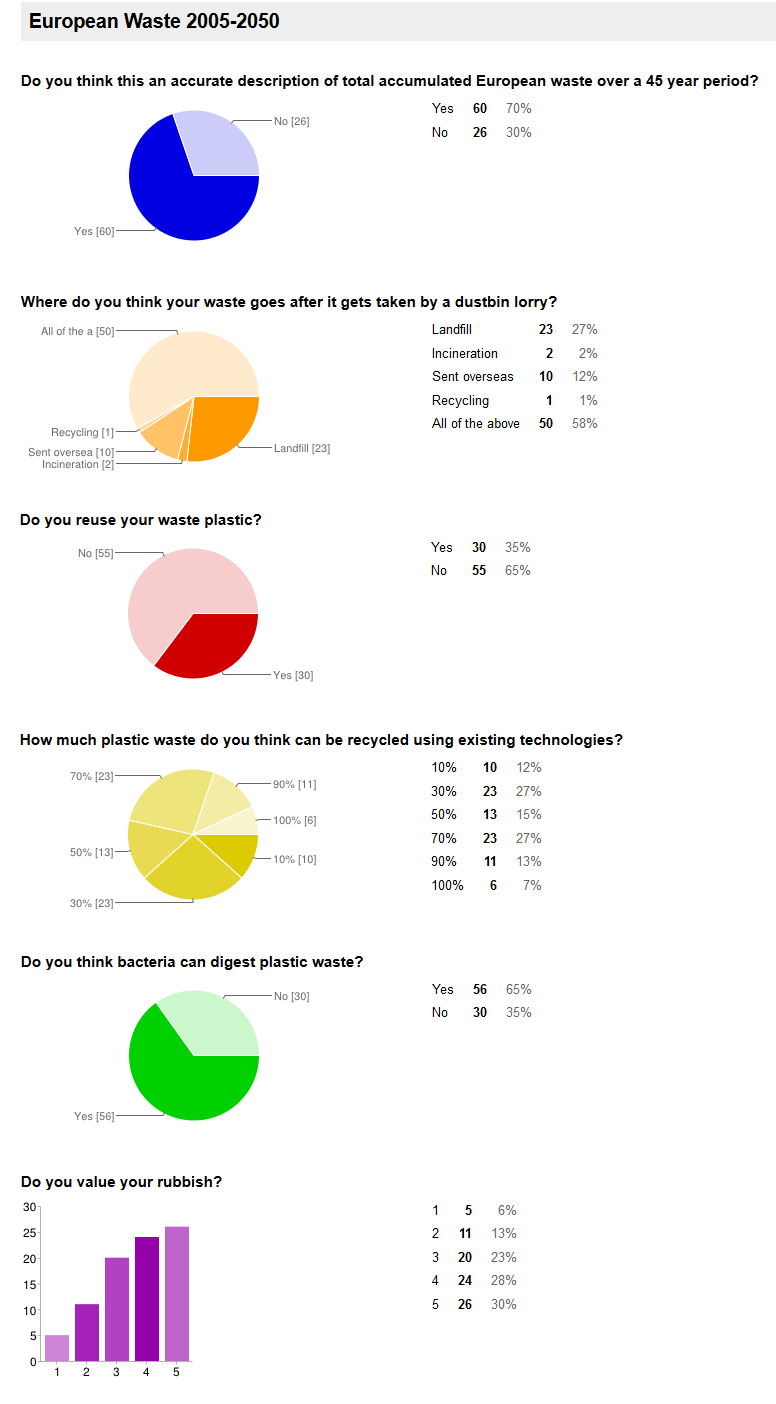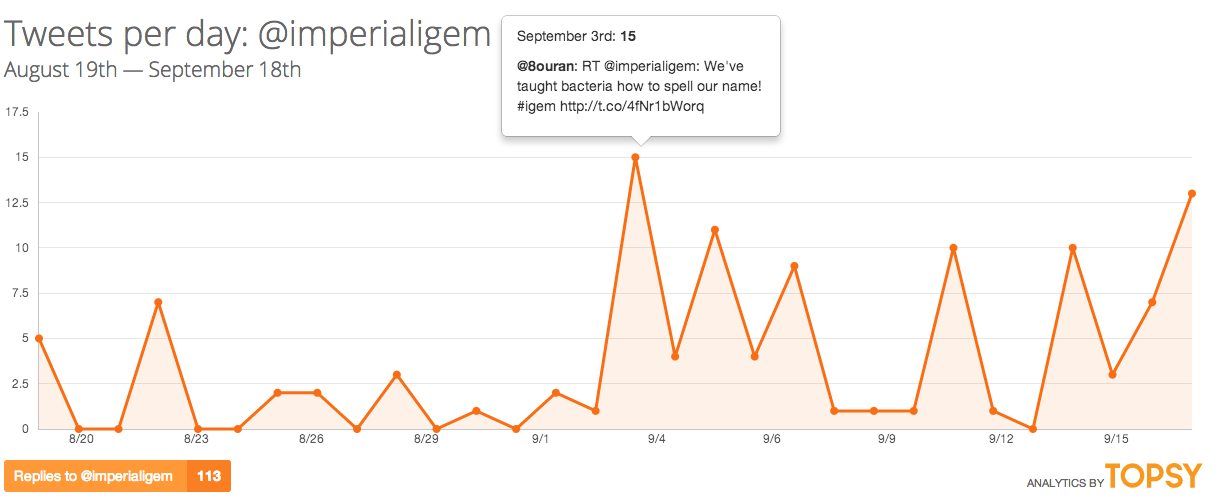Team:Imperial College/Communication work
From 2013.igem.org
| Line 31: | Line 31: | ||
<p style="clear: right"><br><br><br><br></p> | <p style="clear: right"><br><br><br><br></p> | ||
| + | |||
| + | |||
| + | [[File:Z_Mc_Escher_Palm.jpg|left|500px|M.C. Escher was a woodcut artist, making art from trees. Here we have his work streaked with Escherichia coli in the form of his work, the Palm.]] | ||
| + | |||
| + | <p style="clear: right"><br><br><br><br>M.C. Escher was a woodcut artist, making art from trees. Here we have his work streaked with Escherichia coli in the form of his work, the Palm.</p> | ||
Revision as of 00:30, 29 September 2013
Contents
|
Communicating our Project
We communicated our project through an array of different media and social media platforms. We wanted to learn whether people value the stuff they throw away, what they thought about Synthetic Biology, our project and to spread the word about iGEM.
We asked people the question, what would you make with a 3D printer?

Living Art
The Scream, a masterpiece, clearly depicts an individual on a pier with a haunting expression with a heady back drop of a yellow and red sky. Reforging this painting with bacteria has created 5th rendition of this magnificent work of art. Originally painted in 1893 by Edvard Munch, The Scream characterised a tempestuous time in art as a precursor to the advent of Expressionism. As such, it is perfectly placed to represent the potential power of SynBio to revolutionise the modern world, and this in and of itself represents the verve behind team Plasticity to add value to waste with our MAPLE system.
Claude Monet's San Giorgio Maggiore, depicted by highly cultured E. coli.
San Giorgio Maggiore is an island in Venice, best known for the prominent church that sits upon it. In 1908, Claude Monet produced this impressionist painting. It was originally received with great awe due to the vibrancy of the colours. Similarly with the bacterial copy, it also shows great vibrancy of colour, courtesy of the GFP in the bdh2, which appears yellow and the RFP present in the stress response sensor, providing the red pigment. Indeed the radiance of the sunset is reflected magnificently in the calm waters of the Laguna Veneta.
To the left is depicted Hokusai's world renowned masterpiece, the Great Wave of Kanagawa. The painting depicts an enormous wave off of the Japanese prefecture of Kanagawa. The key difference here is the presence, or lack thereof of Mount Fuji, which has been swallowed by the ominous blood red sky that overshadows the entire scene. The work was produced during the Edo Period of Shogunate rule, sometime between 1830-1833 and does not constitute a painting of a deadly tsunami as many people commonly assume.
Painted by Vincent van Gogh in 1889 with oil on canvas, Starry Night depicts a night scene from Saint-Rémy-de-Provence. We can see here clearly the glowing crescent moon high in the sky, hovering over the deep blue hills beyond the town. Interestingly the scene was painted completely from memory the next day by van Gogh. It represents a point in the life whereby he was institutionalised due to incapacitation by nervous troubles.
M.C. Escher was a woodcut artist, making art from trees. Here we have his work streaked with Escherichia coli in the form of his work, the Palm.
Celebration of Science
Online newspaper
Check out our online newspaper for news and updates from our project, the iGEM community and global discussions about waste management http://paper.li/imperialigem/1377382636
GetSynBio Blog
Our project was featured on the GetSynBio Blog!
http://getsynbio.com/igem-page/
Science museum blog
Imperial Bioengineering Departmental News
https://workspace.imperial.ac.uk/bioengineering/Public/Newsletters/Newsletter%20August%202013.pdf
Waste 5 minutes of your time Quiz
Social Media

 "
"




